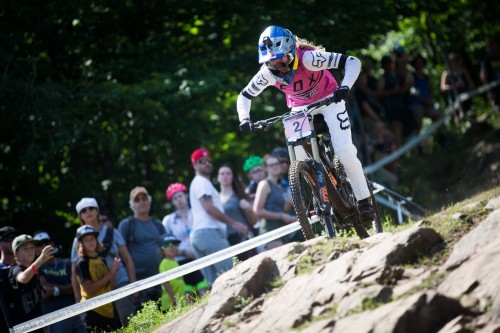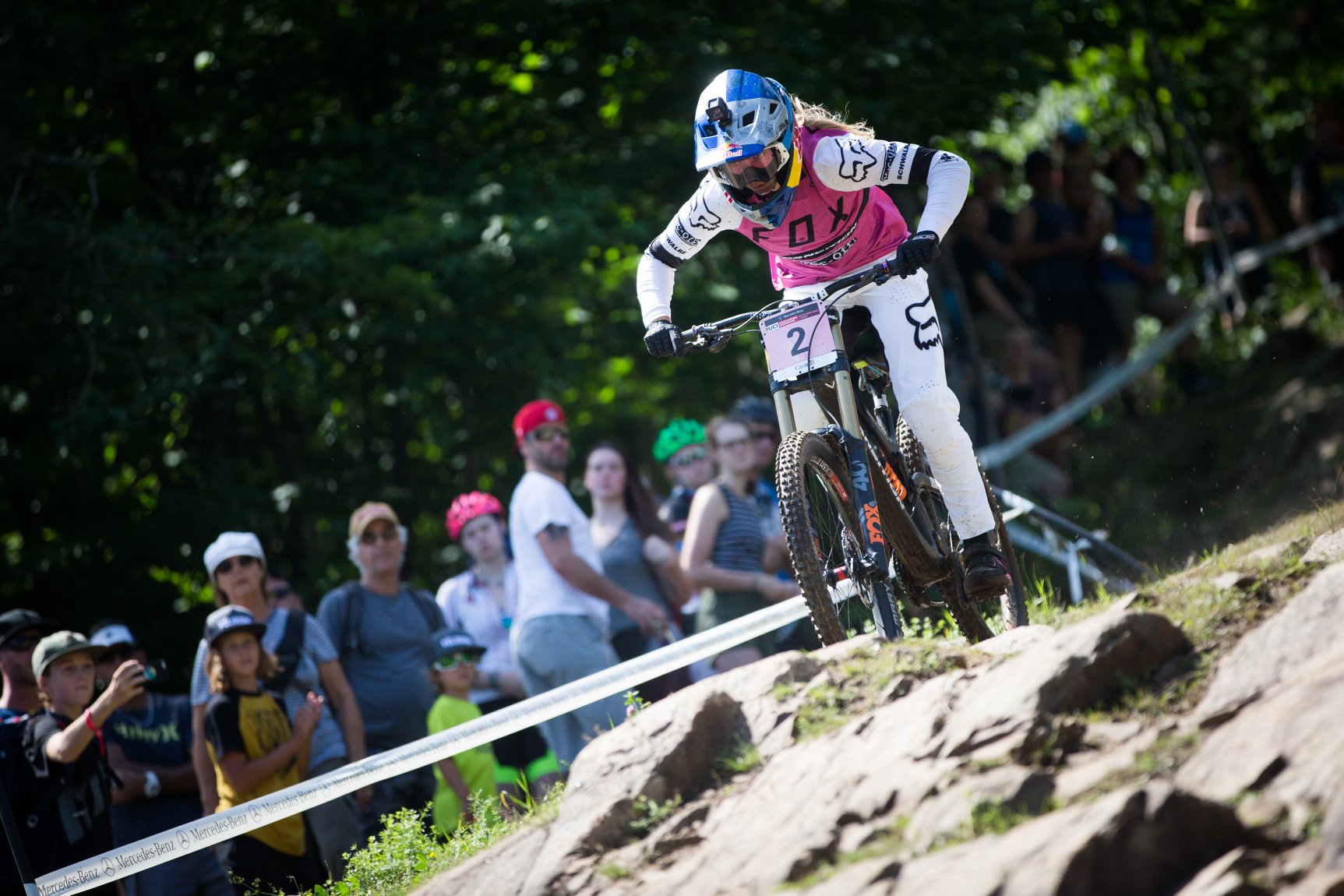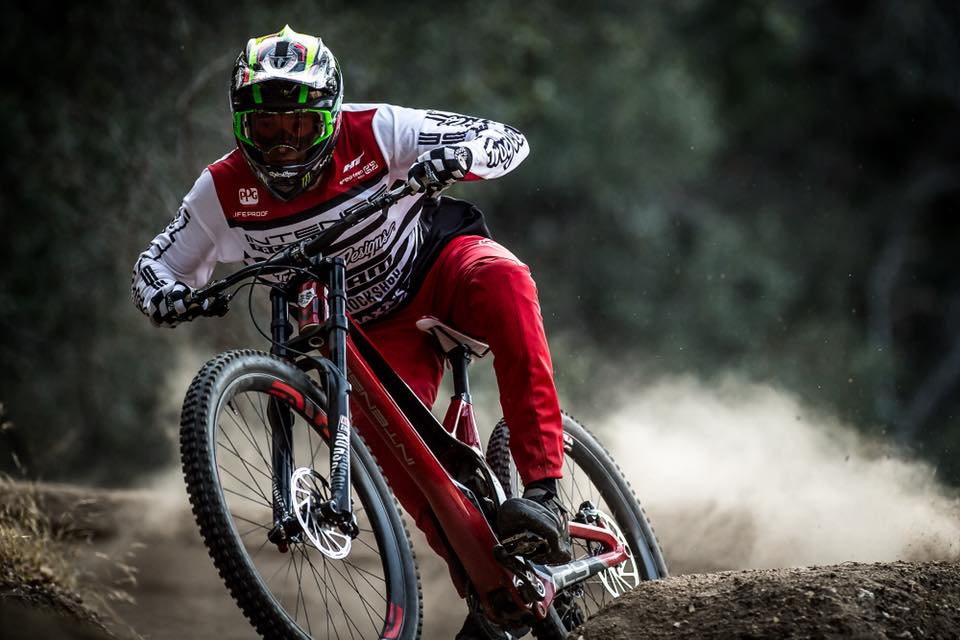Fresh venue, fresh track and maybe even some fresh approaches from some of the world’s best for World Cup Finals.
Twice in a season, new venues book ending what has been a super competitive and diverse racing year, Losinj in Croatia was not a “new” track before its world cup debut. It had hosted many Croatian and Slovenian national races but evolved in to a far more refined and demanding beast as a WC track. In stark contrast to all the keyboard warrior dribbling that surrounded the Croatian tracks apparent “easiness”, the brand new La Bresse track that greats us this week has received little attention – likely because everyone, keyboard jockeys included, have been wrapped up in the endless week in week out racing that we’ve had since June, WC’s, Crankworx, National events etc… So where does that leave us? Well we have a new track and a new venue (the 2011 World Cup was in La Bresse town, 2018 has us in the nearby Hohneck ski resort), regardless of how “bike-park” it is, how short it is or any other potential issue, it’s a fresh challenge, fresh scenery and the last chance to punch out a good result so that means BANG motivation will, for the healthy, be through the roof. Absolutely peaking.

Current Situation
As it is World Cup finals a lot of talk will be about points and prizes! As three of the four series overalls are already decided the battles will mainly be for the “podium” spots; 2nd overall is tight and winnable for some but really the only battle in those categories is for the race positions themselves. For every single racer come Saturday – race day will be the only thing that matters; wins and podium pictures matter most. The last title to be decided is the elite ladies. 110 points separate Tahnée from Rachel in First. After chopping the deficit down to 60 points after qualifying in MSA – Tahnée’s less than perfect finals run execution landed her in 2nd and the gap grew to 110.

Unlike all the other races this year finals in La Bresse sees no points awarded for qualifying, it’s all in for finals. 250 for the win! So after a quick bash on the Casio GX4561 – if Tahnée wins on Saturday, Rachel must finish 5th or worse in finals. As we said above; wins matter most to the racers at the cutting edge. So as every race-day gone in 2018 this Saturday will be no different.
Fresh Track


